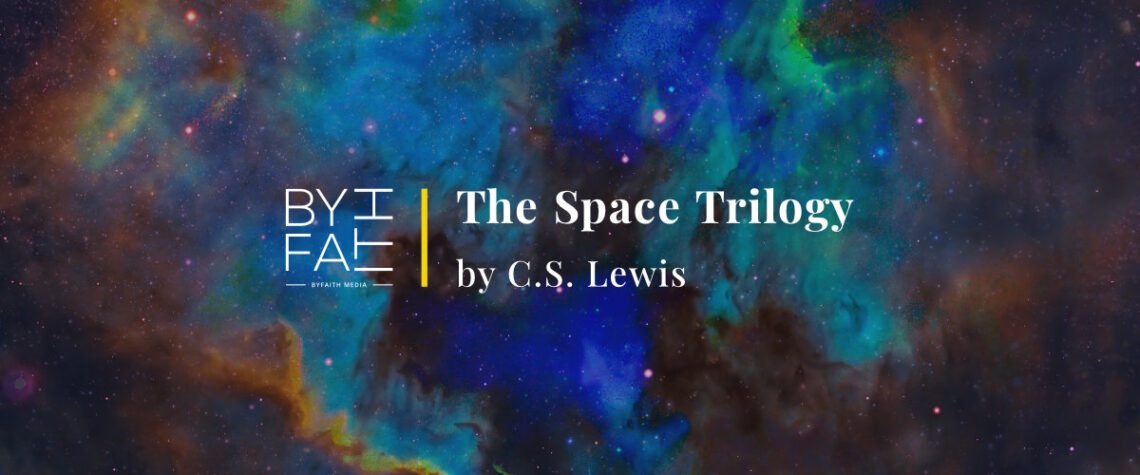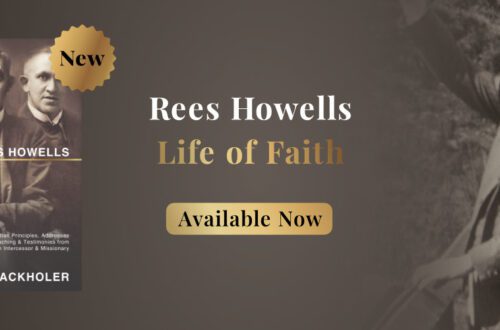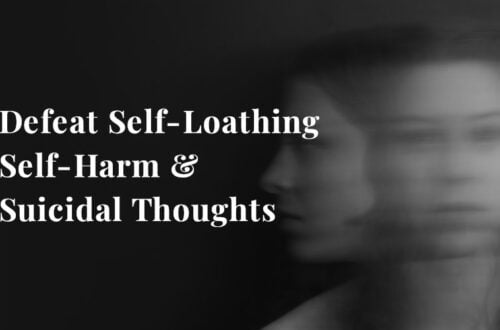
The Space Trilogy by C.S. Lewis
The Space Trilogy by C.S. Lewis feels like a forgotten secret. The author tears apart the formulaic science-fiction genre and explores new worlds with heightened mystery. For better or worse, it contains an adventure unlike any other. In the three cryptic books, we find Lewis exploring his inner Jules Verne and stretching his wings in exploration.
Lewis’ enigmatic trilogy represents a mystery consisting of three uncommon books: Out of the Silent Planet (1938), Perelandra (1943), and That Hideous Strength (1945). Each book transports its reader on a thrilling journey to extraordinary heights and raises paramount theological questions. Lewis, a devout Christian, uses these books to explore the nature of humanity, sin and redemption.
Out of the Silent Planet, is the first book in the trilogy and tells the story of Dr Elwin Ransom, a philologist, and professor at Cambridge University, who is kidnapped and brought to Malacandra (Mars) by two scientists. Their plan is to offer Ransom as a sacrifice to the intelligent beings that live on Malacandra. However, Ransom manages to escape and befriends the simpler Malacandrans, who teach him about their way of life, faith and language. Ransom learns that earth is exiled from the rest of the Solar System and discovers, “The silent planet,” has been placed in quarantine for its sin. Without God, man is lost.
“They were astonished at what he had to tell them of human history – of war, slavery and prostitution. “It is because they have no Oyarsa [God],” said one of the pupils. “It is because every one of them wants to be a little Oyarsa [god] himself,” said Augray.
– Out of the Silent Planet by C.S. Lewis, The Space Trilogy
Perelandra, the second book in the trilogy, takes place on the planet Venus, which is known as Perelandra. Having survived his first adventure, Ransom is summoned once again, this time by a more malevolent force that seeks to corrupt the planet and its inhabitants. Ransom must save this alien world from harm, all the while resisting the ultimate temptation: the possibility of becoming a god.
“Your roof is so dense that your people cannot see through into Deep Heaven and look at the other worlds.”
– Perelandra by C.S. Lewis, The Space Trilogy
The final book in the trilogy, That Hideous Strength, takes place on earth and describes the battle between good and evil. The story follows Mark Studdock, a sociologist who joins an organisation, the National Institute for Coordinated Experiments, that seeks to create a new world order. However, he soon realises the sinister intentions of the organisation. He joins forces with Ransom and his allies to fight against the dark forces that aim to destroy humanity. The book concludes with a confrontation between the forces of good and evil, and the ultimate destiny of mankind is decided. Can Christians resist the Antichrist system?
“It cannot be that all your priests and bishops are corrupted. The Faith itself is torn in pieces since your day and speaks with a divided voice. Even if it were made whole, the Christians are but a tenth part of the people.”
– That Hideous Strength by C.S. Lewis, The Space Trilogy
Each book in the trilogy explores distinctive theological and philosophical themes. Out of the Silent Planet raises questions about the nature of God and the relationship between mankind and the Divine. Perelandra explores the notion of temptation, the fall of man and the possibility of redemption. That Hideous Strength delves into the complexity of good and evil, the corruption of the sciences, shadow government and the possibility of spiritual resurrection.
The principal character of the trilogy, Dr Elwin Ransom, occupies a pivotal role in each book. In Out of the Silent Planet, Ransom is a man of reason who is forced to confront the spiritual world, ultimately leading to his salvation. In Perelandra, Ransom becomes a leader who must battle temptation and spare an innocent world from corruption. In That Hideous Strength, Ransom becomes a spiritual leader who helps lead the battle against evil, willing to sacrifice himself for the greater good.
Other notable characters in the trilogy include Weston and Devine, two scientists who represent the sinful nature in control, the Queen or Green Lady in the second book and in the final book, Jane, the wife of Mark Studdock performs a pivotal role. Each character undergoes a transformation, with some experiencing spiritual growth while others succumbing to the temptation of wickedness and becoming a hellish being.
“Every time you make a choice you are turning the central part of you, the part of you that chooses, into something a little different than it was before. And taking your life as a whole, with all your innumerable choices, all your life long you are slowly turning this central thing into a heavenly creature or a hellish creature”
– Mere Christianity by C. S. Lewis, Book III, Chapter 4, Morality and Psychoanalysis, 1952.
My personal journey with The Space Trilogy is mixed. Out of the Silent Planet (1938), begins with a great adventure, but whilst on the planet, Lewis gets bogged down with scant details and this may cause some frustration about the pace and merits. Lewis is finding his feet as an author of fiction. The intense detail about the local language is a struggle; this is not another elvish language of middle earth’s The Lord of the Rings. He could have cut several pages with no loss to the story which builds into something beautiful and fulfilling.
When the adventure continues on Perelandra (1943), a new Garden of Eden, Lewis picks up the pace to a crescendo, as we encounter another Eve, the Green Woman, the Queen of the planet, and Ransom has to fight a battle with a demonic scientist to save the new Eden. There is a wonder in the new world Lewis explores and the majesty of another realm is dazzling.
In the final book, That Hideous Strength (1945), The Space Trilogy is oddly earthbound and feels out of place. Lewis deals with the complex problems of abusive science and an all-controlling shadow state or antichrist system, seeking to control all with supernatural aid. He weakens the plot by adding characters such as Merlin, with a sense that he’s grasping for straws.
For C.S. Lewis readers, The Space Trilogy will represent a twist in the style of a Lewis adventure and it unfastens a door for any science-fiction enthusiast looking for a breath of fresh air. His imaginative worlds and complex characters provide a thought-provoking exploration of theology and philosophy.
Reviews for The Space Trilogy are diverse. Lifelong Lewis fans will cast away the chaff and draw deeply from the well of imagination and truth, whilst some critics give up and complain. For me, each book in the trilogy offers something unique, but as a whole, the trilogy presents a nuanced examination of humanity’s relationship with God and the possibility of redemption. At 728 pages you must be ready to commit, but with the trilogy’s engaging plot, rich themes and unconventional characters, it is sure to captivate many.
“There are a dozen views about everything until you know the answer. Then there’s never more than one.”
– That Hideous Strength by C.S. Lewis, The Space Trilogy
- Christmas by C.S. Lewis
- Christianity and Culture
- Christianity and Art
- Christian Book Reviews
- Recent Articles
By Paul Backholer. Find out about Paul’s books here.




